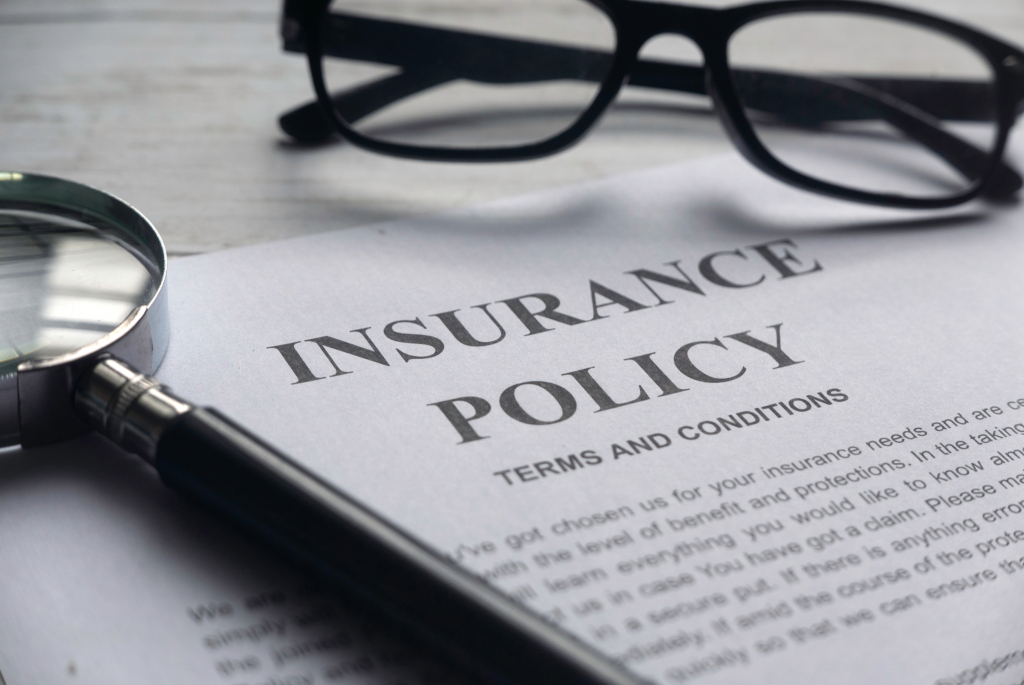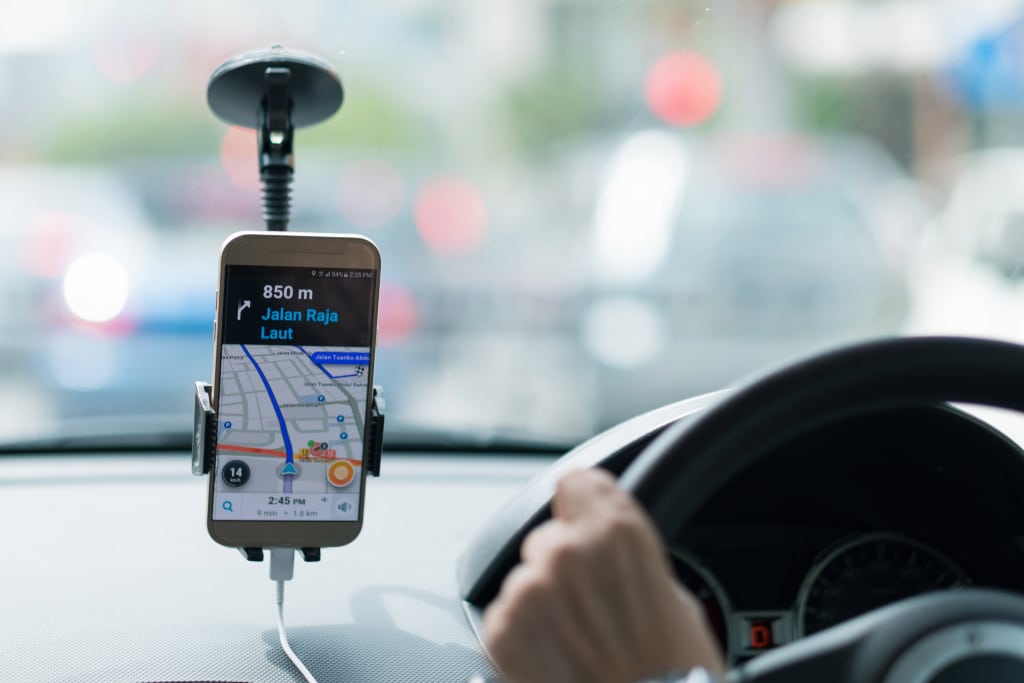Colorado’s Trusted Car Accident Lawyer
Get trusted legal representation from experienced car accident lawyers in Colorado. We make the process of recovering damages from a car accident as easy and pain-free as possible.

After a Motor Vehicle Accident, Let Our Lawyers Protect You
Following a motor vehicle injury, the last thing you want to worry about is the legal claims process. At our car accident law firm Bowman Law LLC, we make the process of recovering your damages suffered in a car accident as easy and pain-free as possible.
We Handle the Details
Our team of compassionate car accident attorneys at Bowman Law will take the time to guide and stand with you throughout the entire process of your car accident claim and settlement. Responsive, caring and ready to answer your questions, we provide timely progress updates and negotiate your settlement to ensure fair compensation for the damages and injuries you have suffered.
Our car accident lawyers serve the Denver area, Boulder, Colorado Springs, Fort Collins, and throughout Colorado.
Contact Us For A Free Case Evaluation
Why Choose Bowman Law
Working with Bowman Law car accident law firm makes an overwhelming experience feel manageable so you can focus on getting well.

Compassionate Counsel
At Bowman Law, our lawyers know that car accidents and the legal process that follows them are an incredibly stressful experience. We treat our clients the way we would want to be treated, because we care about you.

Trusted Legal Expertise
Our lawyers have over a decade of experience representing people like you. Our team is proud to get to serve Coloradans in need of help after a car accident.

Trial Lawyer of the Year
Awarded by the Colorado Trial Lawyers Association in recognition for the skills, ethics and dedication to improving the American system of jurisprudence.

Results-Driven Focus
We work tirelessly to get you the proper compensation throughout the legal claim process. With Bowman Law, you will not have to worry about getting a just and fair settlement after a car accident.
Types of Car Accident Claims
With the increasing number of vehicles on the road in Denver and other areas of Colorado, car accidents are an everyday hazard for many Coloradans. Traffic related injury hospitalizations rates among Colorado residents show a concerning trend. Many types of car accidents are preventable and are caused by another driver’s carelessness, inattention, or disregard for safety.
If you’ve been seriously injured in a motor-vehicle crash from some else’s disregard for safety, you may be entitled to seek compensation. Our car accident injury lawyers have significant experience in motor vehicle law, including these types of incidents seen throughout Denver.

Hurt in a drunk driving accident?
Trust Bowman Law to Make it Right
There’s nothing more scary than being involved in a drunk driving accident. Impaired driving is oftentimes labeled “Driving Under the Influence” (DUI) or “Driving While Impaired” (DWAI). While the terminology may differ depending on the jurisdiction, there is a comprehensive agreement that drunk driving is one of the leading causes of road traffic casualties.
A number of parties may be held responsible for drunk driving accidents, including drivers, hosts and bar/restaurant staff and owners. Our team at Bowman Law has the legal expertise to handle the complex legal process involved with drunk driving accidents.

Distracted driving cause a crash?
Bowman Has the Focus to Get You the Right Compensation
There’s nothing more scary than being involved in a drunk driving accident. Impaired driving is oftentimes labeled “Driving Under the Influence” (DUI) or “Driving While Impaired” (DWAI). While the terminology may differ depending on the jurisdiction, there is a comprehensive agreement that drunk driving is one of the leading causes of road traffic casualties. A number of parties may be held responsible for drunk driving accidents, including drivers, hosts and bar/restaurant staff and owners. Our team at Bowman Law has the legal expertise to handle the complex legal process involved with drunk driving accidents.

Are you a victim of road rage?
Bowman Law is Here to Get You Justice
Road rage incidents can be just as legally complicated as they are frightening. Road rage is defined as “a motorist’s uncontrolled anger that is usually provoked by another motorist’s irritating act and is expressed in aggressive or violent behavior.” Many actions can generally be considered road rage, including, sudden acceleration followed by “brake checking,” close tailgating, cutting off another driver, sounding a horn or flashing lights excessively, rude gestures, striking another vehicle, and threatening to use or brandishing a weapon. Let our expert lawyers at Bowman Law help return your peace of mind, and get you the compensation you deserve.

Injured by an aggressive driver?
Let Bowman Law Navigate The Claims Process For You
Aggressive driving accidents are often confused with road rage incidents. Aggressive driving is a traffic offense while road rage is a criminal offense, although there is no actual crime called “road rage,” Forms of aggressive driving that can be charged as a variety of criminal or traffic related crimes include, reckless driving, careless driving, hit and run, and assault with a deadly weapon. Our lawyers at Bowman Law will help steer your claim in the right direction when it comes to these differences.

Have you been in an accident with Uber or Lyft drivers?
The Lawyers at Bowman Law Will Take Care of it For You
There are specific legal issues surrounding car accidents involving Uber or Lyft drivers. Insurance coverages available can vary on many factors, including whether you are a driver, passenger or were in an accident caused by someone using a ride-sharing app. Our team at Bowman Law is familiar with these legal differences, and know exactly how to handle the claims process for a motor vehicle accident involving ride-sharing apps.

Rear ended on the road?
Bowman Law Knows How to Handle It
Getting rear-ended may initially seem like a simple fender bender, but injuries can still occur, and regardless of how bad the damage is, you will likely need to go through the claims process. Rear-end collisions are common and can often be straight forward in terms of liability. However, more complex scenarios can arise when multiple vehicles are involved, if there is lower impact, or if you may have pre-existing medical conditions. Our lawyers are here to help make sure you do not miss a beat.

Types of Car Accident Injuries
Given the immense force involved in many car accidents, it is not surprising the number of people seriously injured in Colorado has exceeded 3,000 individuals annually since 2013.
Sadly, car accident fatalities in Colorado have averaged over 500 since 2015, with an astonishing 639 deaths reported in 2019. Other times though, car accident injuries are not immediately apparent. It is important that medical treatment is sought as soon as possible in these circumstances to determine your medical diagnosis.
Common types of car accident injuries include the following:
- Neck and back injuries
- Broken bones
- Ligament injuries
- Internal injuries
- Soft tissue injuries
- Anxiety and depression
- Concussion
- Permanent injuries
- Long-term injuries
Our Team is On Your Side
The car accident attorneys at Bowman Law are knowledgeable with complex medical diagnosis and terminology that are often contested by insurance companies. Our team will communicate with you on a regular basis to ensure your injuries and associated medical treatment is properly documented.
What Compensation for Damages in Car Accidents are Available?
When you find yourself in a car accident, depending on the severity of the crash and the factors involved (if one of the drivers is under the influence, for example), you may be entitled to compensation for damages and personal injuries.
If you’ve been seriously injured in a motor-vehicle crash from someone else’s disregard for safety, you may be entitled to seek compensation. Our auto accident lawyers have significant experience in motor vehicle law, including these types of incidents seen throughout Denver.

Car Accident Frequently Asked Questions
An important part of a car accident claim is determining the insurance coverages available to you. Given the number of driver’s who are uninsured or underinsured, it is often crucial to be carrying adequate coverage through your own insurance company.
Under Colorado law, drivers are only required to carry the following:
- $25,000 in bodily injury (liability) coverage
- $50,000 in bodily injury coverage for more than one injured claimant
- $15,000 in property damage coverage
Additional coverages that you may have access to and can be vital to your injury claim include, uninsured/underinsured motorist coverage, medical payments coverage and/or personal injury protection, and resident relative coverage.
Filing a claim after a car accident can be complicated no matter where you live. Here’s what you’ll need to do after you get into a car accident in Colorado.
- Always report the incident—it is Colorado law
- Check yourself for injuries, and if you’re hurt, seek medical treatment right away
- Keep a good record of all damage and injury costs—take photos and save invoices
- Contact Bowman Law—we will start the complicated parts of the claims process for you
Yes, in Colorado, it is state law that all car accidents must be reported, regardless of severity.
Liability in a car accident can be determined by a number of factors. Generally, the injured party must meet the burden of proof under preponderance of the evidence. For more information, consult an attorney.
No. If you are hurt, seek medical treatment immediately after a car accident. The most important thing is keeping you healthy. We’ll handle all the legal aspects of your car accident as soon as your wounds have been addressed.
This depends on your injuries. Our injury lawyers do not start negotiating with an insurance company until you have sufficiently recovered. We will not even discuss the resolution of the claim until you reach a point where no further improvement in your physical ability is possible. If you have permanent residual problems, we want to ensure this is properly documented and the insurance company is considering these damages. It is important not to rush your case until you know the true extent of your injuries.
Yes. Under C.R.S. 13-80-101, you have 3 years to bring a lawsuit for a car accident injury against a responsible party. However, there are many factors that can affect the time frame. Consult an attorney for more information.
There are various forms of damages you can receive in a personal injury case. These can include economic damages, non-economic damages, punitive damages. For more information on which damages your case will involve, consult your attorney.
The reality is that most personal injury cases will settle before the word “trial” is whispered. Importantly, however, it is up to your attorney to prepare the case properly. A small proportion of cases go before a jury because there usually involves questions surrounding liability or treatment.
300+ 5 Star Reviews

Colorado Injury Claims
If you were injured by a negligent party, you may have questions about our rights. In an effort to circumvent the confusing and convoluted information scattered online, the Colorado personal injury law firm of Bowman Law LLC, has compiled important information in this resource guide. The Colorado Personal Injury Law Resource Guide is based on our law firm’s core values and should help you understand the Colorado legal system.




